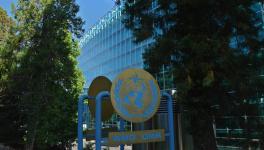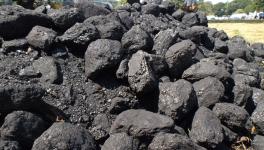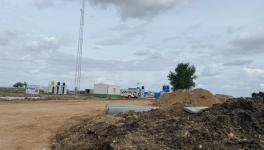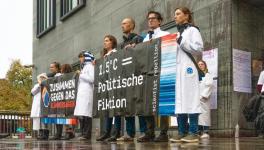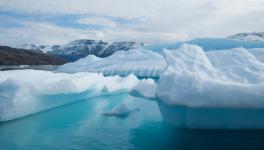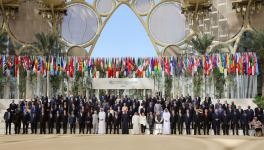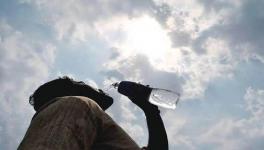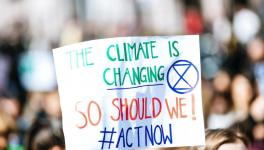Arctic Warming Is Slowly Creating a Prolonged Drought
Image for representational use only.Image Courtesy : Science Daily
In the globe, there lies a great temperature difference between the poles and the tropical areas. But, as the globe warms, this temperature difference begins to diminish due to warming of the polar region. Now researchers say that this would adversely affect the global climate, especially by creating a prolonged drought-like situation.
The temperature difference between the arctic and the tropics influences global climate in many important ways. When the temperature gradient is maintained, the result is more precipitation, more robust wind flow etc. Moreover, the warming arctic would also cause the jet streams to become weaker. The latest paper published in Nature reveals in details such adverse climatic effects that warming arctic could have.
"The Nature paper takes a global approach and relates the history of severe dry periods of temperature changes. Importantly, when temperatures have changed in similar ways to today (warming of the Arctic), the mid-latitudes -- particularly places like Wyoming and other parts of central North America -- dried out, Climate models anticipate similar changes in the future."—this is the explanation from Bryan Shuman, the co-author of the paper and a professor of Department of Geology and Geophysics, University of Wyoming, US. Among other contributors of the paper are researchers from Northern Arizona University; Universite Catholique de Louvain in Louvain-In-Neuve, Belgium; the Florence Bascom Geoscience Center in Reston, Va.; and Cornell University.
Currently, the warming rate of the northern high latitude is almost double the global average. According to the paper, this phenomenon could decrease the temperature difference between equator and pole to a level that was prevalent during early to middle Holocene Period, which is when the Arctic warmed 10,000 years ago after the ice age.
The research, according to Shuman, contributed to assess how dry conditions have been in the past 10,000 years. The research included three water bodies in Wyoming—Lake of the Woods, little windy hill pond and rainbow lake. "Lakes are these natural recorders of wet and dry conditions. When lakes rise or lower, it leaves geological evidence behind." Shuman quoted to have said in Science Daily.
"Wyoming had several thousand years where a number of lakes dried up, and sand dunes were active where they now have vegetation. Expanding to the East Coast, it is a wet landscape today. But 10,000 years ago, the East Coast was nearly as dry as the Great Plains."
The Holocene temperature analysis taken up in the research included 236 records from 219 sites.
The researchers analysed the dynamics of tropic-to-pole temperature difference from three time periods—100 years ago, 2000 years ago and 10000 years ago. The analysis was facilitated by many atmospheric records for the past 100 years, but getting records for the past 2000 and 10000 years, was a difficult task. The study encompassed the data from tree rings, lake deposits, cave deposits and glacier ice to study the temperature and precipitation prior to 2000 years.
Get the latest reports & analysis with people's perspective on Protests, movements & deep analytical videos, discussions of the current affairs in your Telegram app. Subscribe to NewsClick's Telegram channel & get Real-Time updates on stories, as they get published on our website.









